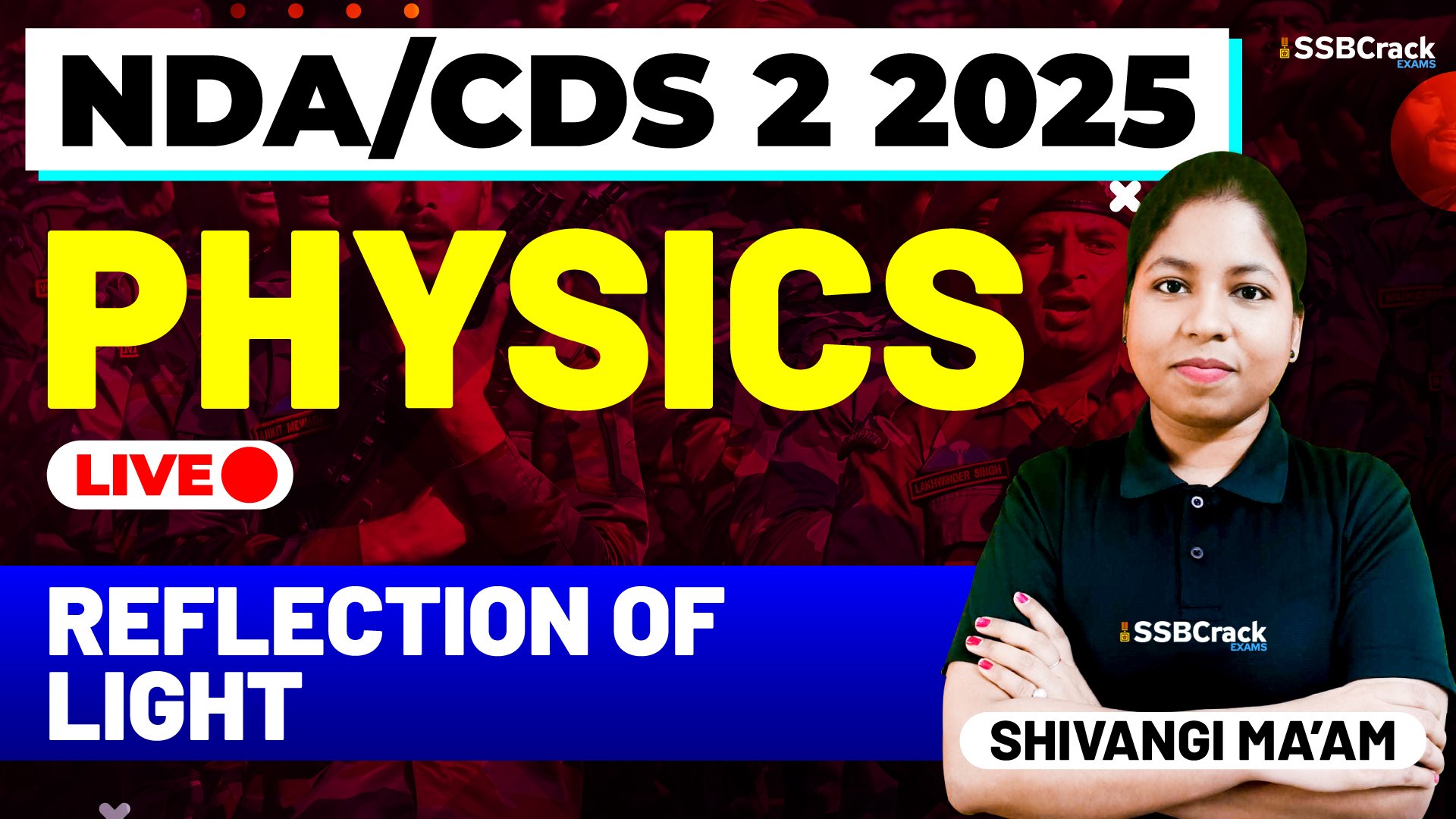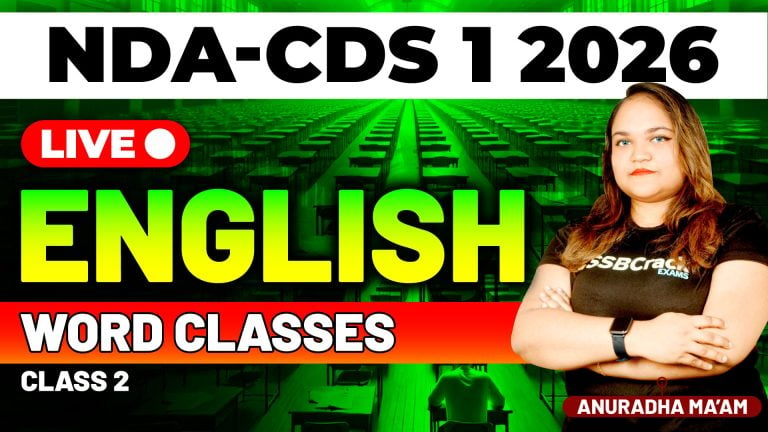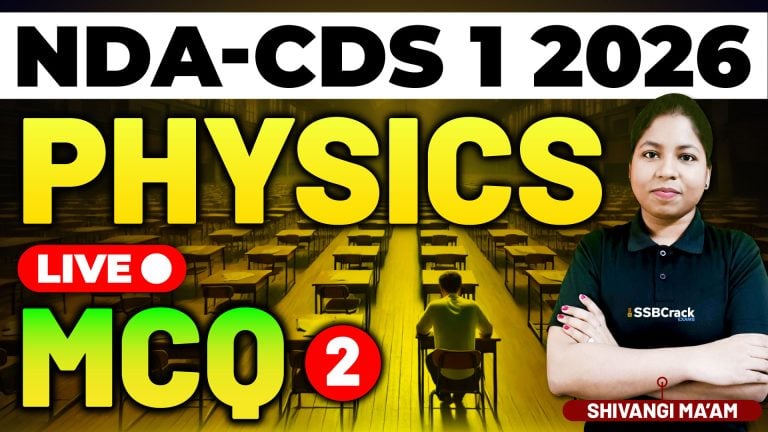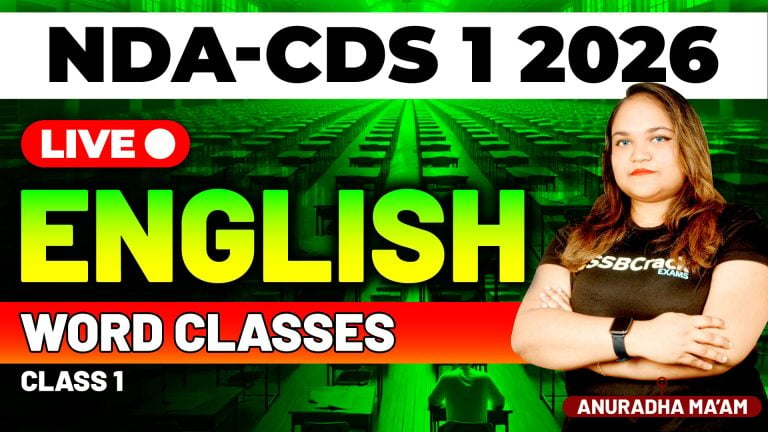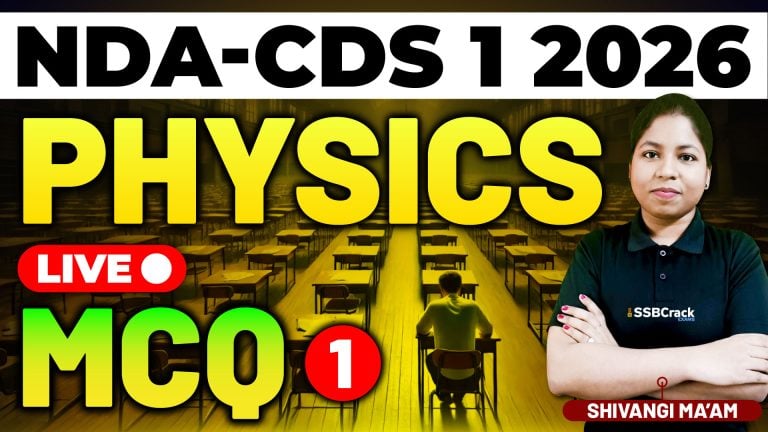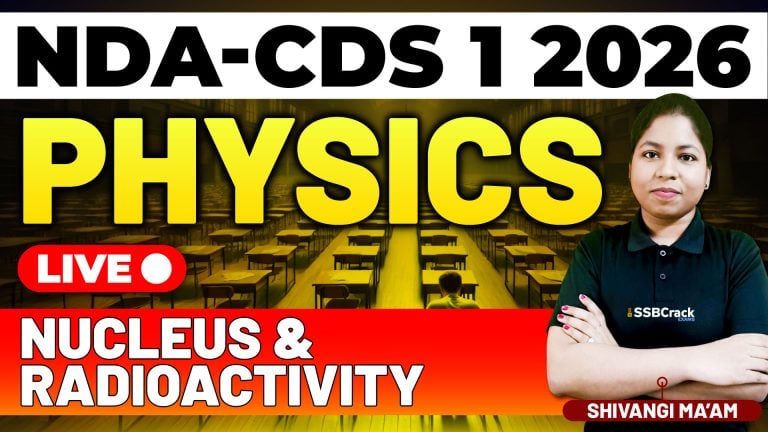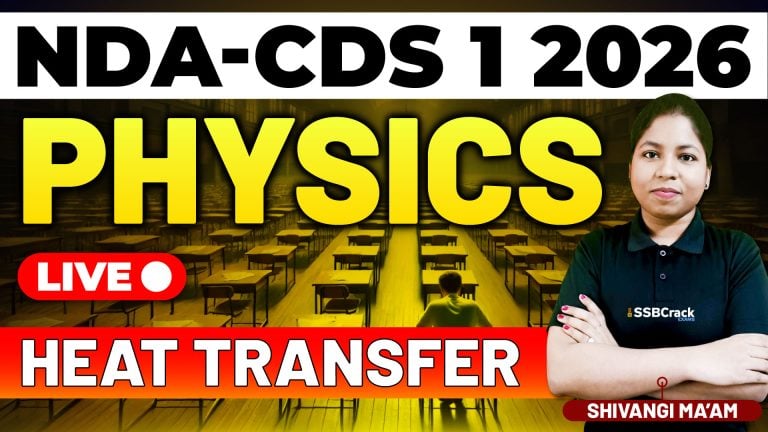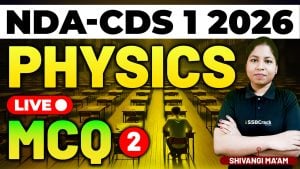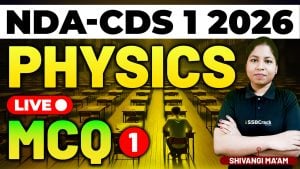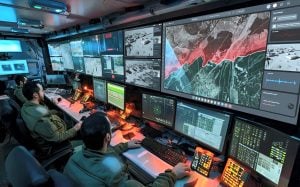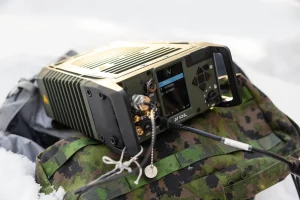Introduction
Reflection of light forms a foundational concept in the study of optics and plays a crucial role in the NDA and CDS Physics syllabus. In today’s class, we delved deep into this essential topic, building both conceptual understanding and exam-oriented clarity. Reflection not only governs everyday phenomena like mirror images but also lays the groundwork for advanced concepts in ray optics and image formation. With its frequent appearance in competitive exams, mastering this chapter is a step forward for every aspiring defense candidate.
Key Highlights of the Class
- Importance of the Laws of Reflection
We began by revisiting the two fundamental laws of reflection:- The angle of incidence is equal to the angle of reflection.
- The incident ray, the reflected ray, and the normal to the surface all lie in the same plane.
- Spherical Mirrors: Concave and Convex
The class then focused on spherical mirrors, which are sections of a sphere and come in two forms:- Concave Mirrors: Converging mirrors that can form real or virtual images depending on the object’s position. Their practical uses range from shaving mirrors to telescopes and headlights.
- Convex Mirrors: Diverging mirrors that always form virtual, diminished, and erect images. Commonly seen in vehicle side mirrors and surveillance systems.
- Mirror Formula and Sign Convention
A major part of the class was devoted to understanding the mirror formula: 1f=1v+1u\frac{1}{f} = \frac{1}{v} + \frac{1}{u}f1=v1+u1 where f is the focal length, v is the image distance, and u is the object distance. Using the new Cartesian sign convention, we practiced problems involving both concave and convex mirrors to solidify our understanding and enhance problem-solving speed – a key skill for the NDA/CDS exam.
Conclusion
Today’s session on Reflection of Light laid a strong foundation for mastering optics in the NDA and CDS 2025 syllabus. By covering the core concepts – from the laws of reflection to the properties of spherical mirrors and the application of the mirror formula – students are now better equipped to approach related problems with clarity and confidence. Consistent practice with ray diagrams and numerical problems will further sharpen their preparation. Reflection of light is more than just a physics chapter; it’s a gateway to visualizing and understanding the behavior of light in the real world, making it both an academic and practical milestone in their journey toward success in defense exams.
